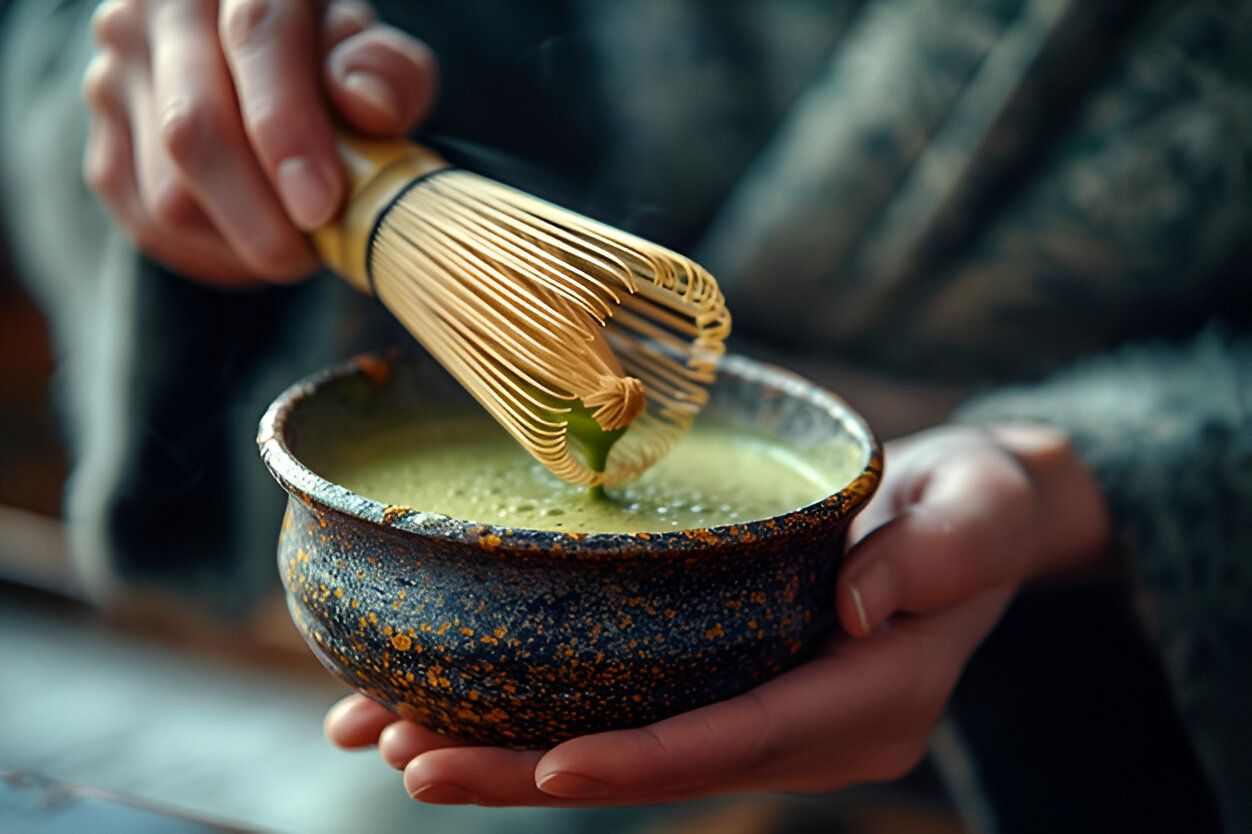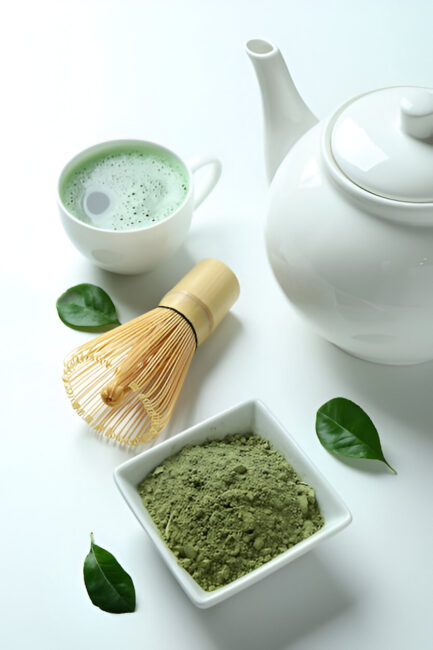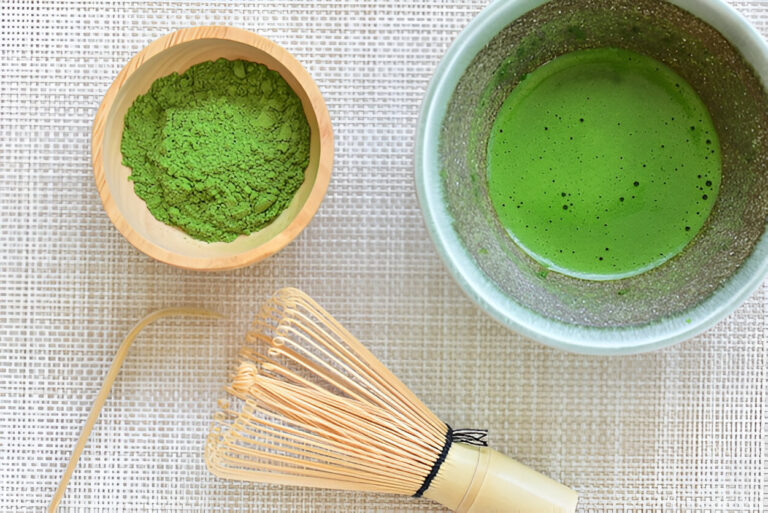
Matcha originated during the Song Dynasty in China (11th–13th century), where tea leaves were steamed, dried, ground into powder, and whisked with hot water. This method of preparing matcha was introduced to Japan at the end of the 12th century by the monk Eisai, who brought it along with Zen practices. During the Muromachi period, powdered matcha tea became part of the tea ceremony, and in the 16th century, Sen no Rikyū refined it into the wabi-cha style, forming the foundation of today’s Japanese tea culture.


In recent years, matcha has become a global trend that goes far beyond traditional Japanese tea culture.
Once enjoyed mainly in tea ceremonies, matcha is now loved worldwide for its vibrant green color, unique flavor, and health benefits. Cafés around the world serve matcha lattes, desserts, and smoothies, while chefs and food brands use matcha in everything from pastries to chocolates and even skincare products.
The modern matcha boom is driven by two main factors:
Today, matcha is not only a drink but also a versatile ingredient that bridges tradition and modern lifestyle,
connecting Japanese heritage with global creativity.

No account yet?
Create an Account